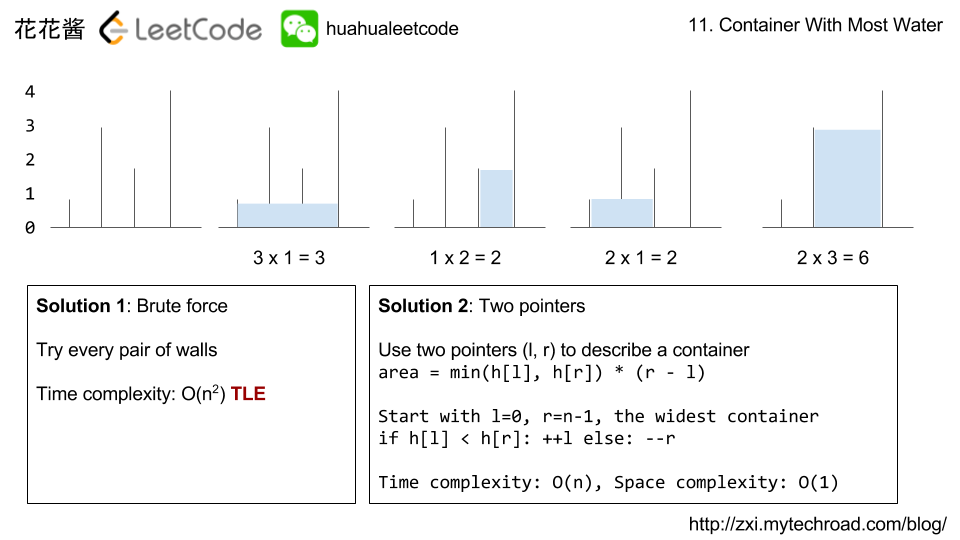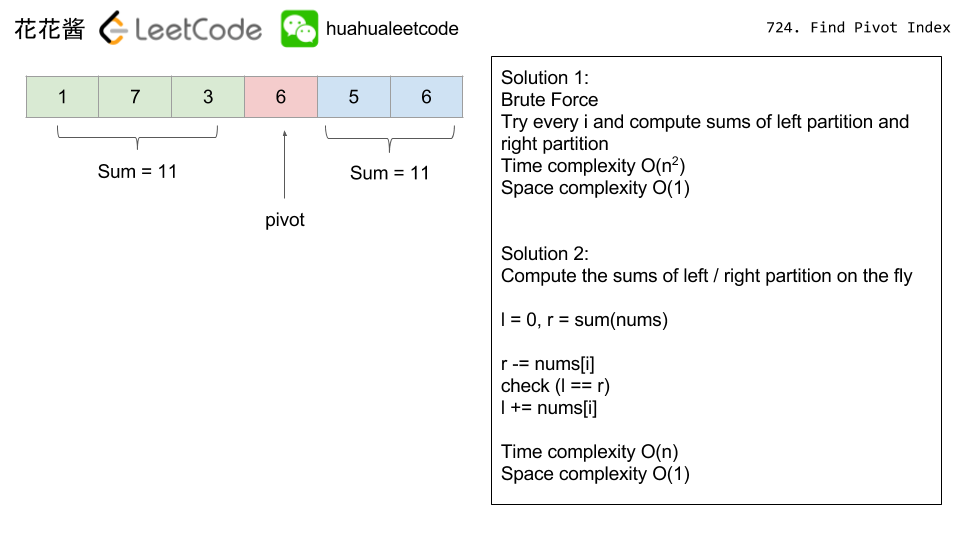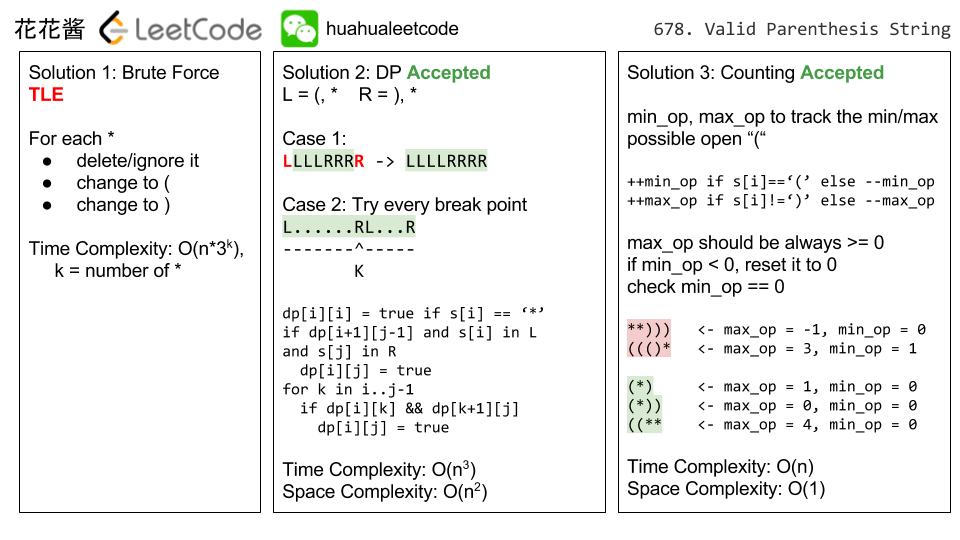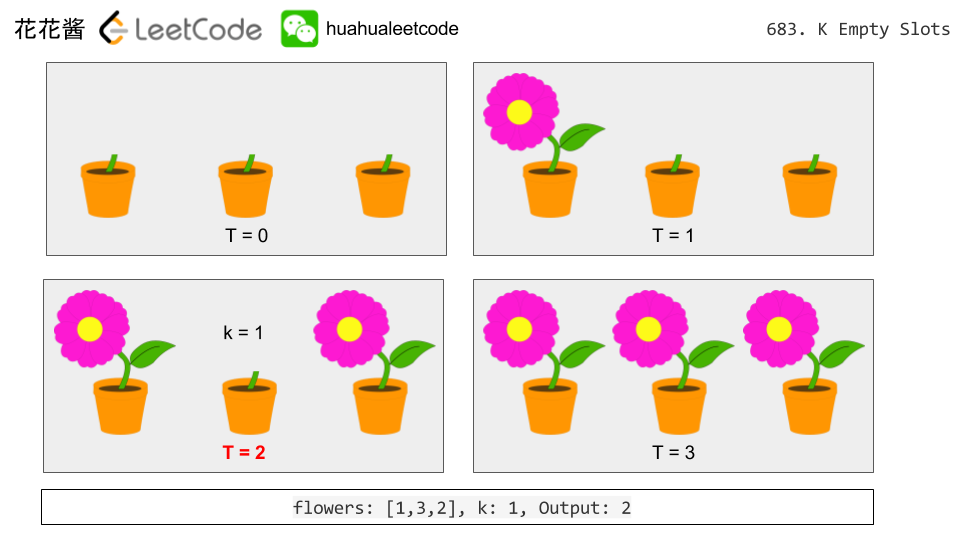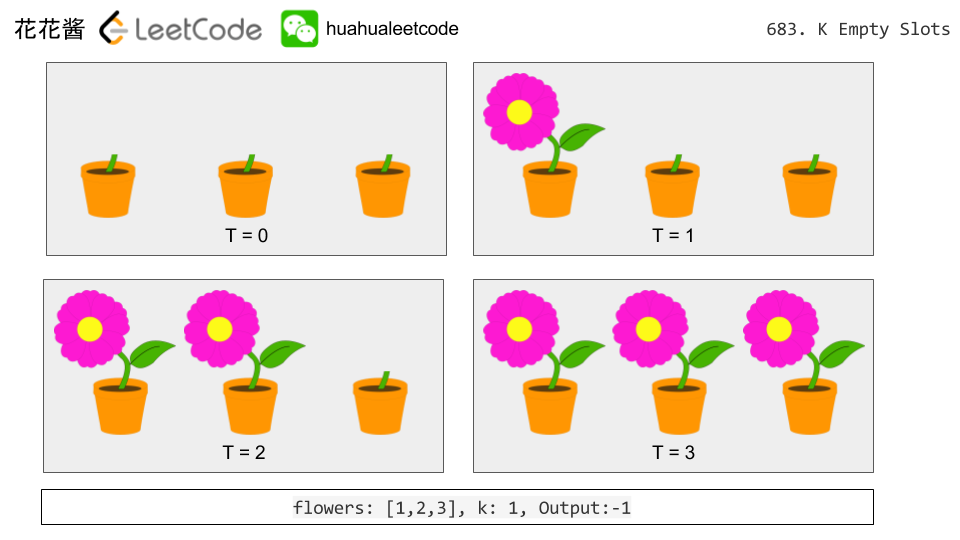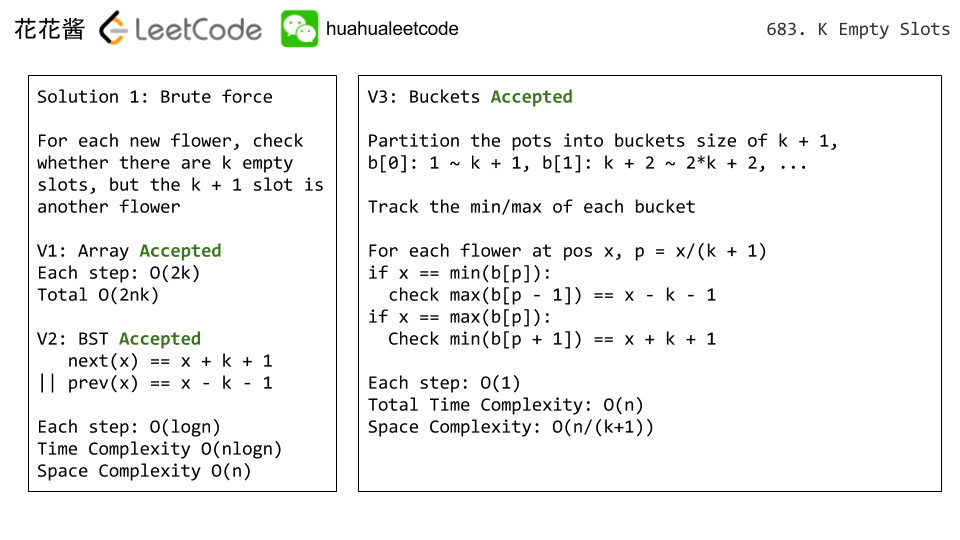题目大意:给你一个组数A里面每个元素都不相同。再给你一个数组B,元素是A的子集,问对于B中的每个元素,在A数组中相同元素之后第一个比它的元素是多少。
Problem:
You are given two arrays (without duplicates) nums1 and nums2 where nums1’s elements are subset of nums2. Find all the next greater numbers for nums1‘s elements in the corresponding places of nums2.
The Next Greater Number of a number x in nums1 is the first greater number to its right in nums2. If it does not exist, output -1 for this number.
Example 1:
|
1 2 3 4 5 6 |
Input: nums1 = [4,1,2], nums2 = [1,3,4,2]. Output: [-1,3,-1] Explanation: For number 4 in the first array, you cannot find the next greater number for it in the second array, so output -1. For number 1 in the first array, the next greater number for it in the second array is 3. For number 2 in the first array, there is no next greater number for it in the second array, so output -1. |
Example 2:
|
1 2 3 4 5 |
Input: nums1 = [2,4], nums2 = [1,2,3,4]. Output: [3,-1] Explanation: For number 2 in the first array, the next greater number for it in the second array is 3. For number 4 in the first array, there is no next greater number for it in the second array, so output -1. |
Note:
- All elements in
nums1andnums2are unique. - The length of both
nums1andnums2would not exceed 1000.
Solution 1: Brute Force
Time complexity: O(n^2)
Space complexity: O(1)
|
1 2 3 4 5 6 7 8 9 10 11 12 13 14 15 16 17 18 |
// Author: Huahua // Running time: 13 ms class Solution { public: vector<int> nextGreaterElement(vector<int>& findNums, vector<int>& nums) { vector<int> ans; for (int num : findNums) { ans.push_back(-1); int index = std::find(nums.begin(), nums.end(), num) - nums.begin(); for (int i = index; i < nums.size(); ++i) if (nums[i] > num) { ans.back() = nums[i]; break; } } return ans; } }; |
Solution 2: HashTable + Brute Force
Time complexity: O(n^2)
Space complexity: O(n)
C++
|
1 2 3 4 5 6 7 8 9 10 11 12 13 14 15 16 17 18 19 20 |
// Author: Huahua // Running time: 15 ms class Solution { public: vector<int> nextGreaterElement(vector<int>& findNums, vector<int>& nums) { unordered_map<int, int> indices; for (int i = 0 ; i < nums.size(); ++i) indices[nums[i]] = i; vector<int> ans; for (int num : findNums) { ans.push_back(-1); for (int i = indices[num]; i < nums.size(); ++i) if (nums[i] > num) { ans.back() = nums[i]; break; } } return ans; } }; |
Solution 3: Stack + HashTable
Using a stack to store the nums whose next greater isn’t found yet.
|
1 2 3 4 5 6 7 8 9 10 11 12 13 14 15 16 17 18 19 20 21 |
// Author: Huahua // Running time: 11 ms class Solution { public: vector<int> nextGreaterElement(vector<int>& findNums, vector<int>& nums) { stack<int> s; unordered_map<int, int> next; for (int num : nums) { while (!s.empty() && num > s.top()) { next[s.top()] = num; s.pop(); } s.push(num); } vector<int> ans; for (int num : findNums) ans.push_back(next.count(num) ? next[num] : -1); return ans; } }; |
